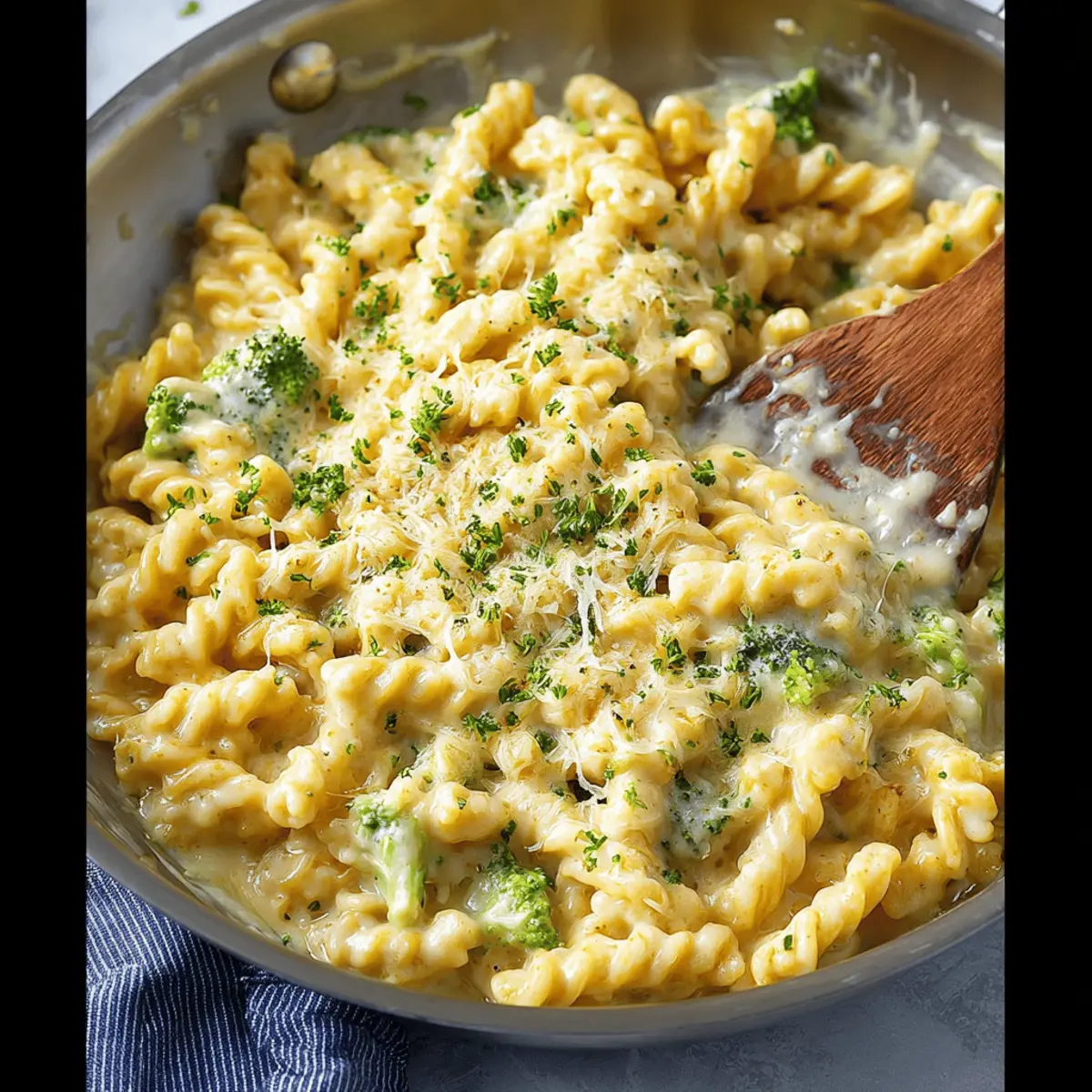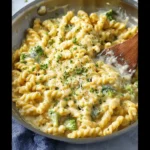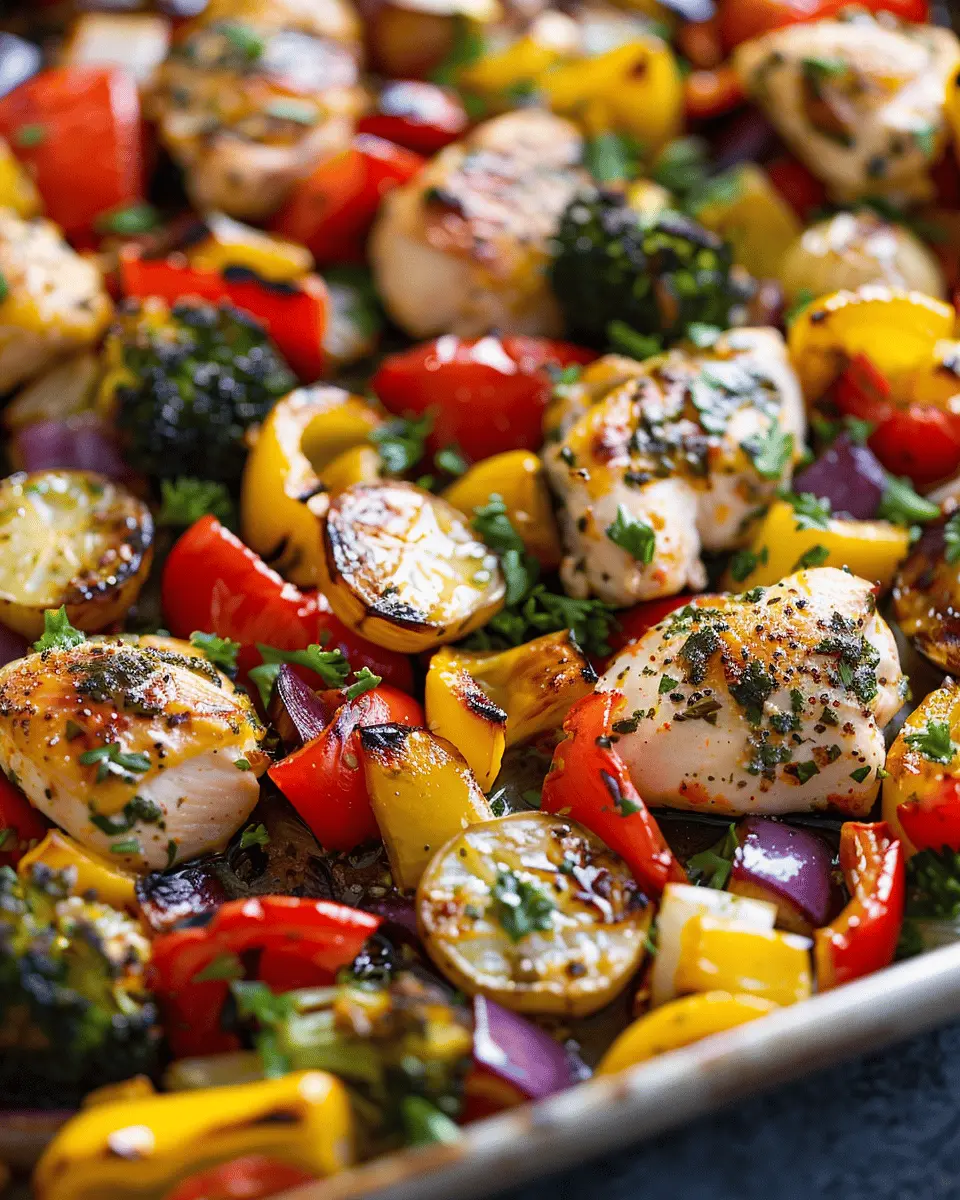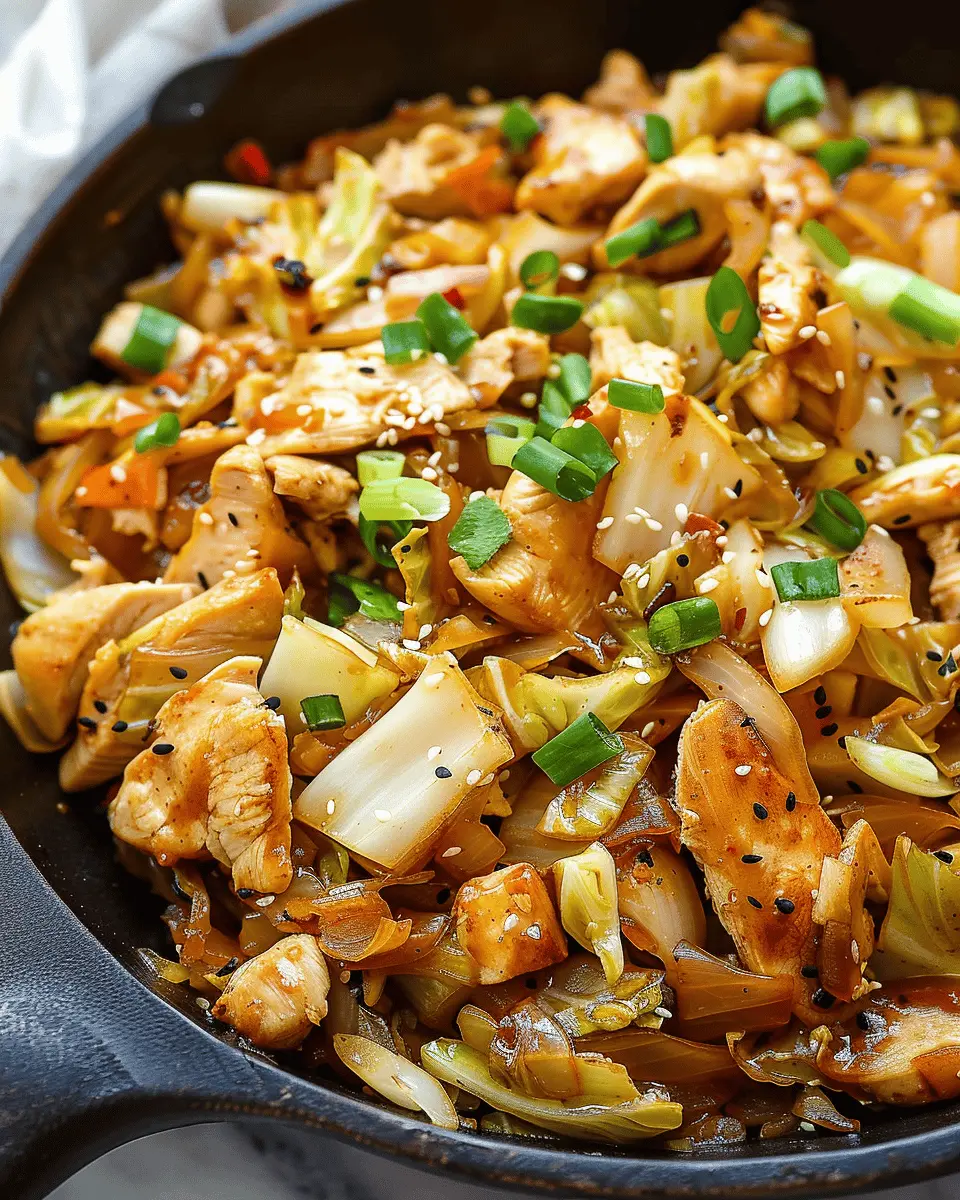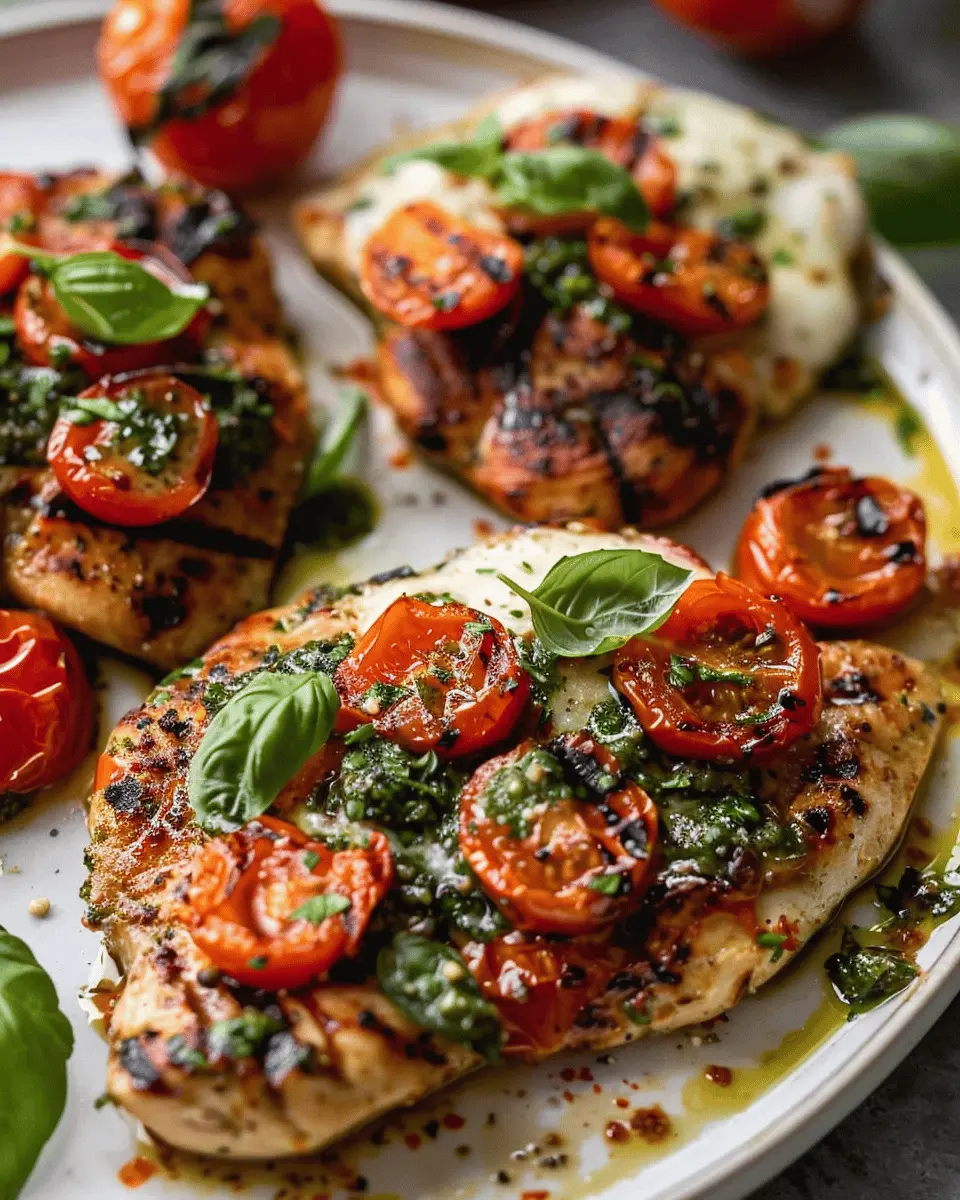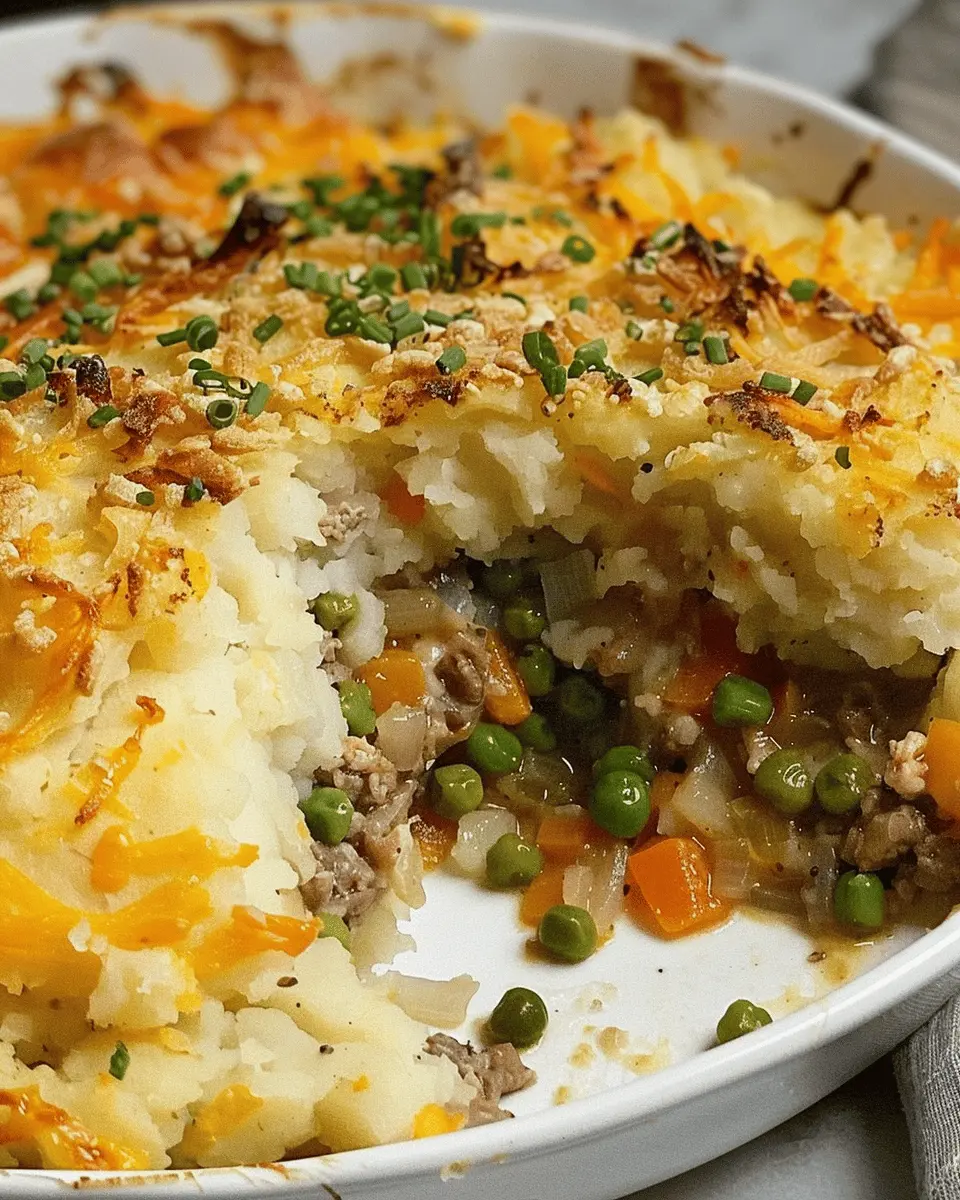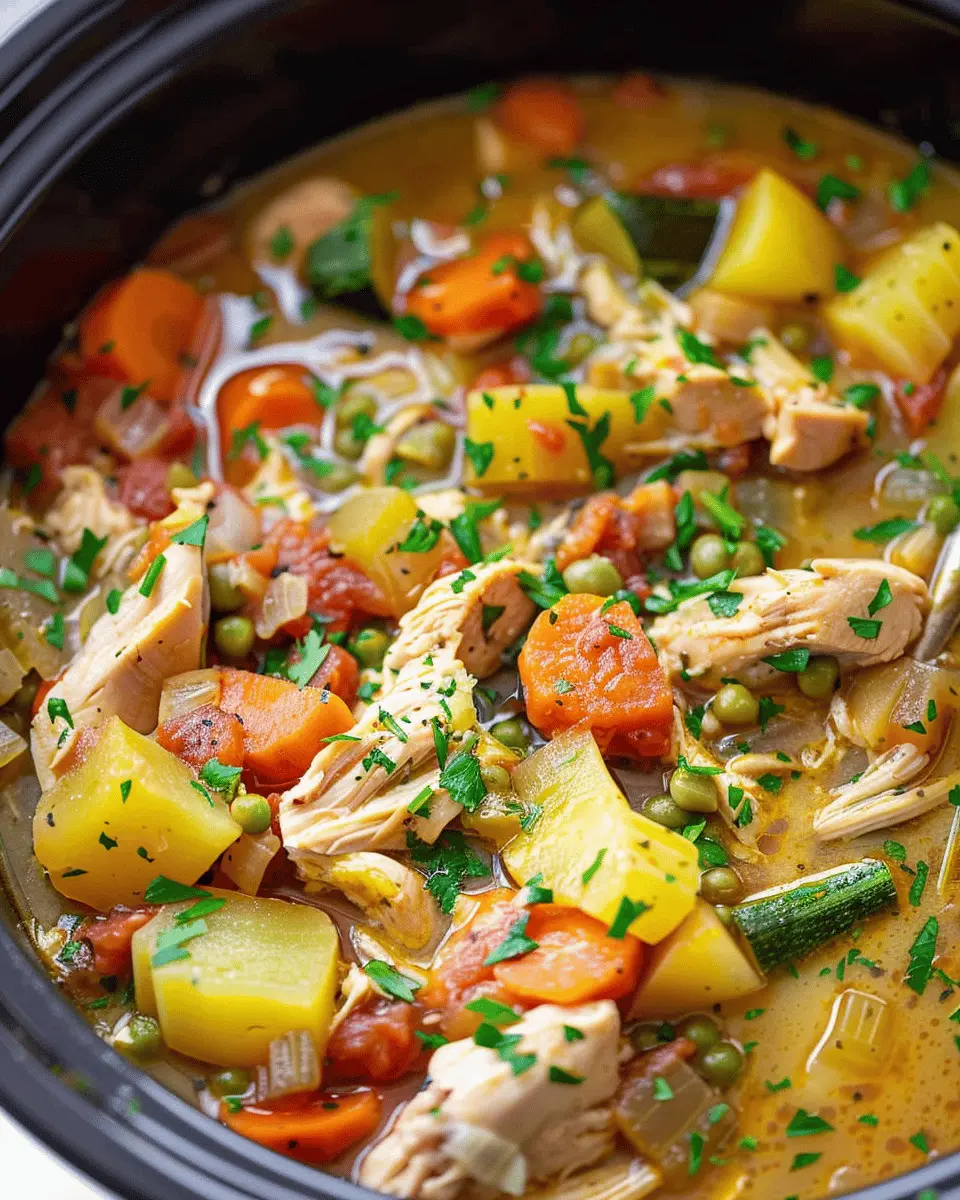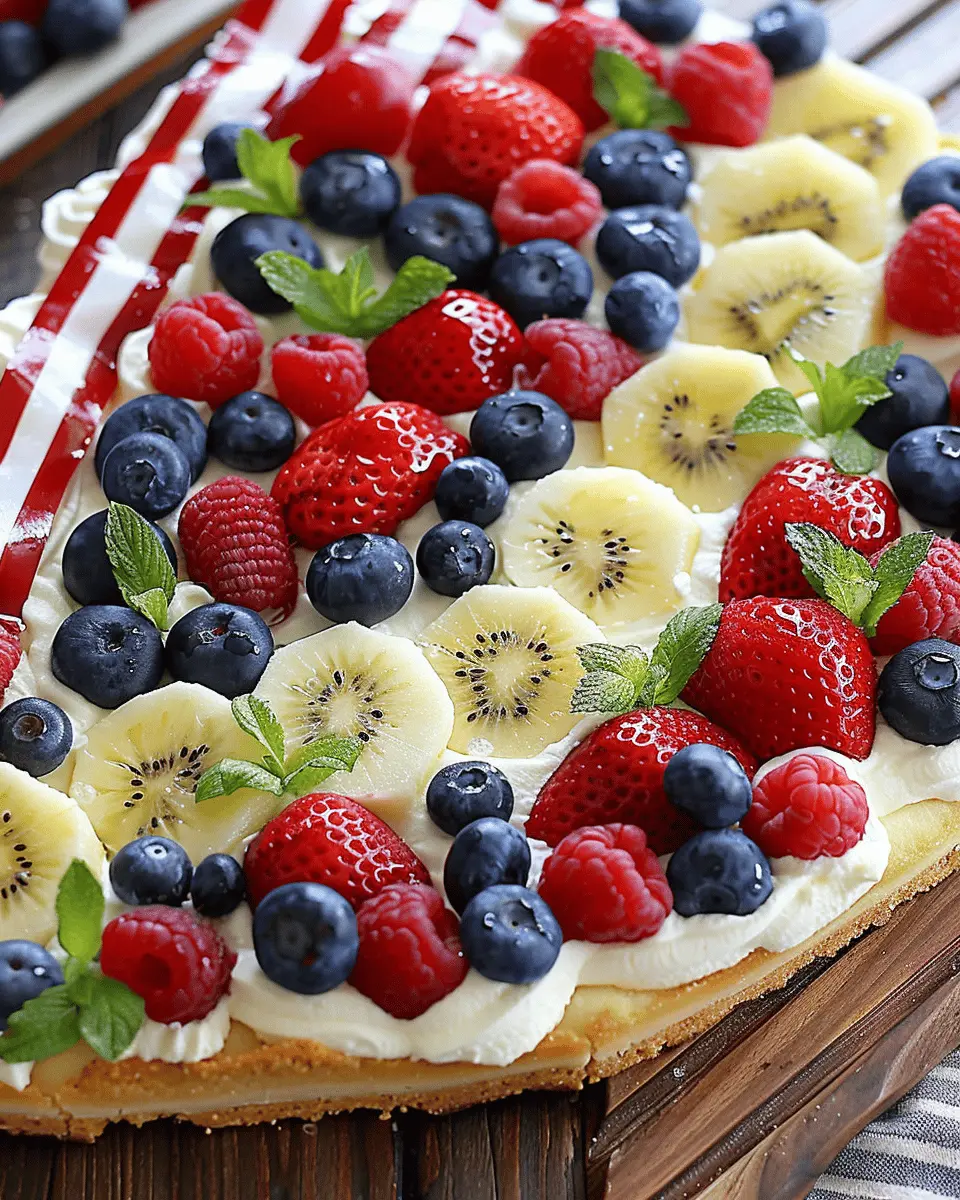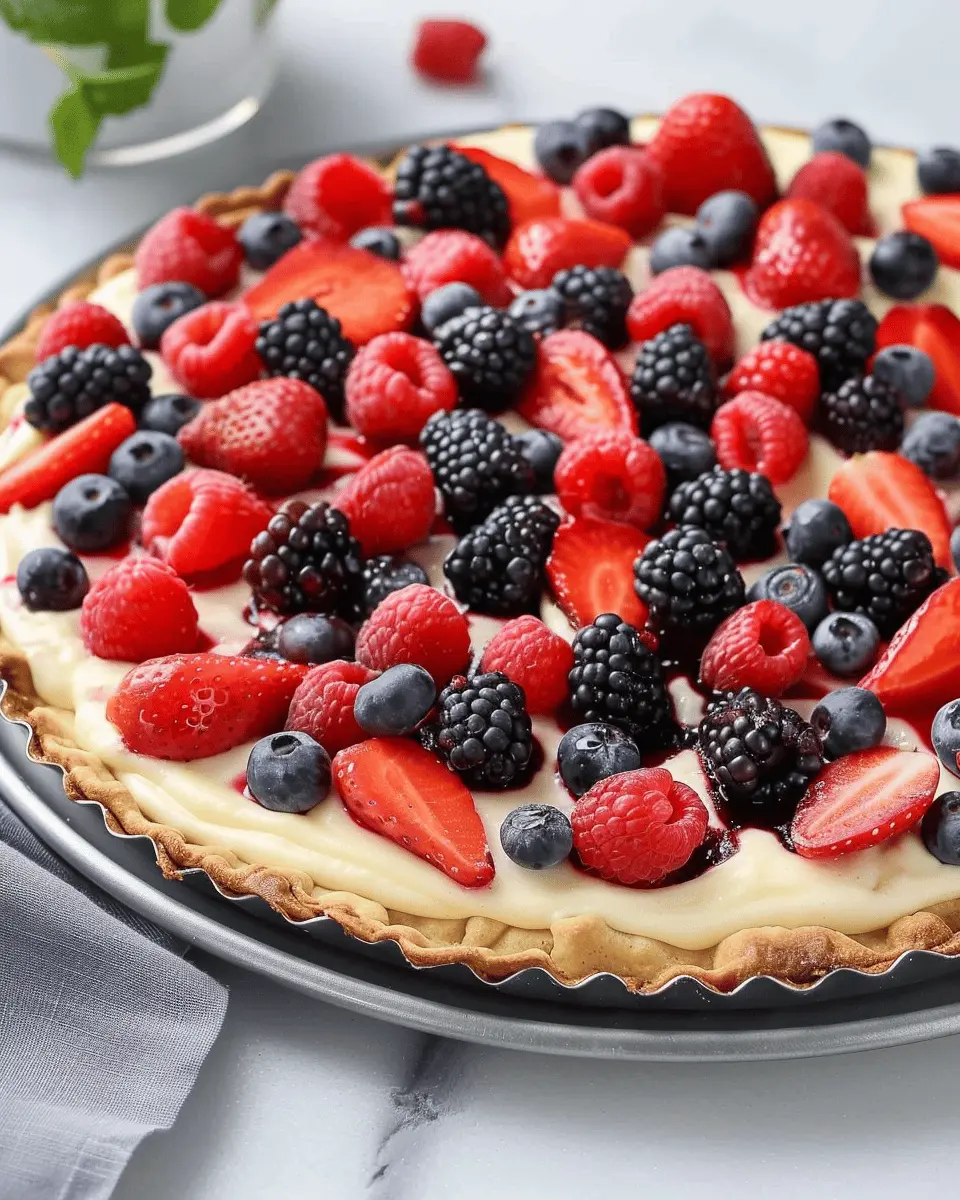Introduction to Cheese Pasta
Cheese pasta is one of those dishes that immediately evokes a sense of comfort and nostalgia. From its creamy, rich texture to its indulgent flavors, it’s no surprise that this dish has found a permanent place in the hearts (and stomachs) of food lovers everywhere. Whether you grew up enjoying homemade versions or discovered it at your favorite Italian restaurant, cheese pasta is a staple that offers warmth and satisfaction in every bite.
What makes cheese pasta a comfort food favorite?
Let’s dive into what makes cheese pasta such an irresistible choice. For many, it’s the combination of simplicity and decadence. Imagine a bowl of perfectly cooked pasta swathed in a velvety cheese sauce. That allure comes from a special blend of physical and emotional satisfaction. The creamy texture feels luxurious, while the flavors often remind us of home and family gatherings.
One reason cheese pasta stands out in the realm of comfort foods is its versatility. You can create variations that appeal to almost any palate. Don’t want a heavy meal? Try a light, herb-infused cheese sauce. Fancy something a little more adventurous? Add sautéed vegetables or crisp bacon to elevate your dish. With countless recipes out there, including a delightful guide on pasta styles from Pasta Evangelists, you can experiment until you find your perfect fit.
Statistics show that comfort foods are often linked to emotional wellbeing. A study from the University of Southern California found that foods tied to positive memories can improve our mood and overall mental health. So enjoying a plate of cheese pasta isn’t just about the taste; it’s about reliving joyful moments too.
Finally, let’s not forget the communal aspect of cheese pasta. It’s a great dish for sharing with friends and family. A cozy dinner party wouldn’t be complete without a big bowl of this cheesy delight, where everyone can help themselves and share hearty laughter.
In summary, the combination of comforting textures, versatile flavors, and emotional connections makes cheese pasta an enduring favorite. So, are you ready to explore your own cheese pasta creations? Let’s get cooking!
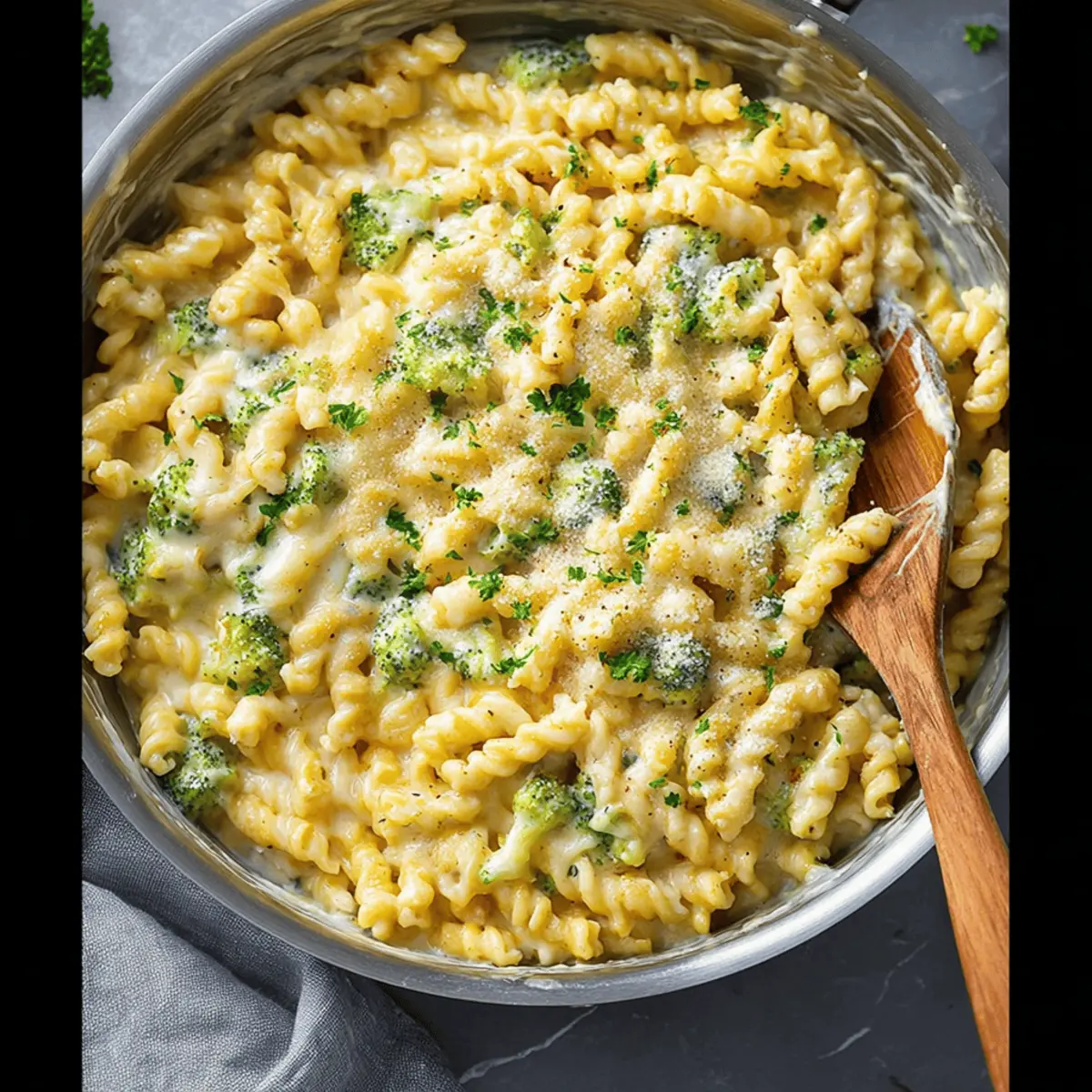
Ingredients for Cheese Pasta
Essential ingredients for a cheesy delight
Creating the perfect cheese pasta starts with a few basic, yet essential ingredients. Here’s what you’ll need:
- Pasta: Choose your favorite type, like penne, fusilli, or spaghetti.
- Cheese: Experiment with blends! Classic choices include mozzarella, cheddar, or a touch of parmesan for that sharpness.
- Cream or Milk: This provides the base for a smooth, creamy sauce. You can use heavy cream for richness or milk for a lighter option.
- Garlic and Onion: These aromatics elevate the flavor of your dish.
- Salt and Pepper: Essential for seasoning and bringing the flavors to life.
For more information on how to select the best cheeses for your pasta, check out this guide from Serious Eats.
Optional ingredients to customize your dish
Once you’ve nailed the essentials, you might want to personalize your cheese pasta. Consider adding:
- Vegetables: Spinach, broccoli, or bell peppers add color and nutrition.
- Proteins: Grilled chicken, shrimp, or even crumbled bacon can take your dish to the next level.
- Herbs and Spices: Fresh basil, oregano, or a sprinkle of red pepper flakes can add that extra flair.
With these flexible options, your cheese pasta can be as unique as your taste! Remember, cooking is about experimenting, so feel free to mix and match.
Preparing Cheese Pasta
Making a delightful cheese pasta dish isn’t just about following a recipe; it’s about creating a comforting meal that warms the heart. Whether you’re in the mood for a quick dinner or a cozy weekend treat, this step-by-step guide will walk you through the entire process. Let’s dive in and get cooking!
Boil the pasta
Start your journey by boiling your choice of pasta. The classic options include macaroni, penne, or even fettuccine, depending on your preference. The process is straightforward:
- Fill a large pot with water: Use about 4-6 quarts for every pound of pasta. Make sure to salt the water; this enhances the flavor of the pasta itself.
- Bring to a rolling boil: It’s key—don’t rush this step!
- Add your pasta: Stir occasionally to prevent sticking.
- Cook until al dente: Check the package for cooking times, but usually, it’s around 8-12 minutes.
When it’s done, drain the pasta but save a cup of that starchy pasta water. It’s great for adjusting your cheese sauce later!
Make the cheese sauce
Here comes the fun part! The cheese sauce is where the magic happens.
- Start by melting butter: Use about 4 tablespoons in a saucepan over medium heat.
- Add flour: Whisk in 4 tablespoons of all-purpose flour to create a roux. Stir for about 1-2 minutes until you smell a nutty aroma.
- Incorporate milk: Gradually whisk in 3 cups of milk. A combination of whole milk and cream can add an extra creaminess if you’re feeling indulgent.
- Cheese, please!: Once thickened, turn off the heat and stir in about 2-3 cups of shredded cheese. Options like cheddar, mozzarella, or Gruyere really elevate the flavor. For more variety, check out this cheese guide.
Patience is key here; stir until every bit of cheese has melted into a luscious sauce.
Combine pasta and cheese sauce
Now that both your pasta and cheese sauce are ready, it’s time for the delicious union.
- Toss the pasta into the cheese sauce: Use a large mixing bowl or pot and combine them thoroughly—make sure every piece of pasta is coated!
- Adjust consistency: If the mixture is too thick, add a splash of the reserved pasta water until you reach your desired creaminess.
This is your basic cheese pasta base, and it’s already looking scrumptious!
Add mix-ins for extra flavor
While the cheese pasta is already fantastic, why not take it up a notch? Here are some mix-in ideas that you can add:
- Vegetables: Try spinach, broccoli, or baby tomatoes for color and nutrition.
- Proteins: Shredded chicken, cooked bacon, or even sausage can add depth.
- Herbs and spices: A pinch of garlic powder, Italian herbs, or fresh parsley can elevate flavors significantly.
Feel free to personalize this dish—it’s all about making it your own!
Bake or serve creamy
Finally, you have two delicious options:
-
Creamy version: Simply serve the cheesy pasta in bowls, topped with a sprinkle of parmesan and cracked black pepper.
-
Baked version: Preheat your oven to 350°F (175°C). Transfer the mix to a baking dish, top with breadcrumbs and additional cheese, then bake for about 20-25 minutes until golden and bubbly. You’ve just created a creamy casserole that everyone will love!
There you have it—the ultimate guide to preparing a dreamy cheese pasta. This dish not only satisfies hunger but brings a sense of joy and nostalgia. So, grab your apron and start creating some cheesy memories!
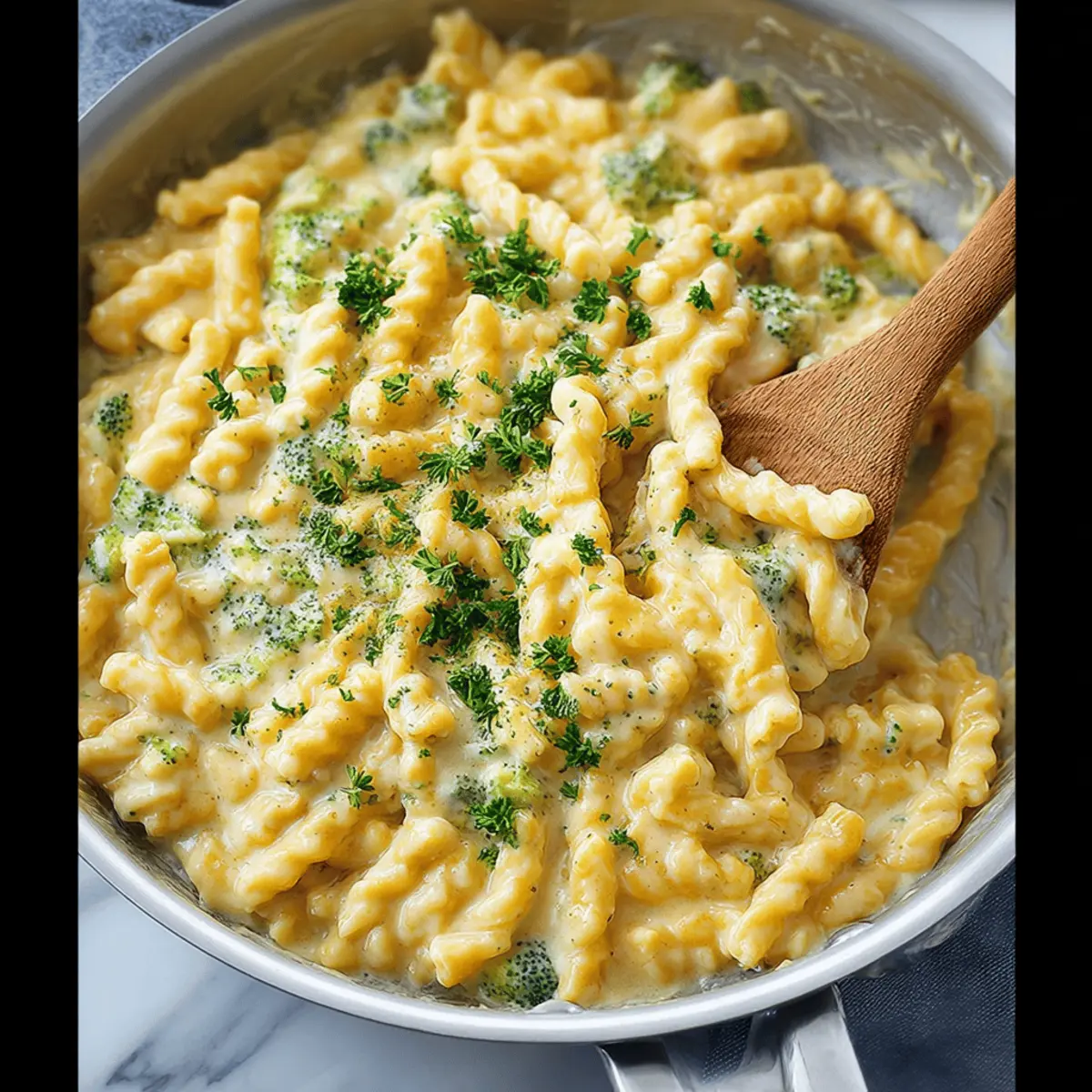
Variations on Cheese Pasta
Cheese pasta is a comforting classic, but why stop at just one version? Let’s dive into some delightful variations that will keep your taste buds dancing!
Classic Mac and Cheese
There’s a reason why mac and cheese holds a special place in so many hearts. This dish becomes a canvas for creamy, cheesy goodness. Start with elbow macaroni, and immerse it in a blend of sharp cheddar and rich Gruyère for depth. A sprinkle of breadcrumbs on top gives it a satisfying crunch. Did you know that according to a study by Food Network, over 70% of Americans consider mac and cheese their ultimate comfort food? Just remember to follow a basic roux to ensure your cheese sauce doesn’t become lumpy!
Cheese Pasta with Veggies
Looking to add some healthful flair to your cheese pasta? This version is not only nutritious but also delicious! Consider sautéing zucchini, bell peppers, and spinach to incorporate into your dish. The colorful veggies not only add a pop of visual appeal but also complement the cheesiness. Toss everything together with your favorite cheese sauce, and voilà! You’ve got a hearty meal that’s as satisfying as it is colorful. For more veggie tips, check out resources from the Academy of Nutrition and Dietetics.
Spicy Cheese Pasta
For those who crave a little heat, a spicy cheese pasta variant could be your new favorite! Adding crushed red pepper flakes or diced jalapeños to the cheese sauce gives this dish a fantastic kick. You can even mix in spicy Italian sausage for a protein boost. Don’t forget to keep a glass of milk handy — you’ll thank me later! According to nutritional experts, spicy foods can enhance metabolism, making this dish both enjoyable and beneficial.
With these twists on traditional cheese pasta, you can enjoy a comforting meal that’ll impress friends and family alike! Which variation will you make for your next cozy dinner?
Cooking Tips for Cheese Pasta
How to Prevent a Grainy Sauce
One of the biggest dreams while cooking cheese pasta is that rich, velvety sauce. To prevent it from becoming grainy, always shred your cheese instead of using pre-packaged grated options. The anti-caking agents in store-bought cheese can disrupt the melting process. Adding a splash of pasta water—about a quarter cup—while mixing can also help create a smooth consistency. Remember to melt the cheese over low heat, stirring continuously for best results.
Tips for Perfect Texture
Achieving that dreamy texture is all about balance. Start with al dente pasta, as it continues to cook when combined with the sauce. You want to avoid mushy pasta! Also, consider mixing different cheeses for depth; a combination of sharp Cheddar and creamy mozzarella can add richness and flavor. And don’t skimp on seasoning—fresh herbs, garlic powder, or even a hint of nutmeg can elevate your cheese pasta dish to restaurant-quality.
If you’re looking to dive deeper into cheese melt techniques, check out this article on the science of melting cheese to really impress your friends at your next dinner party!
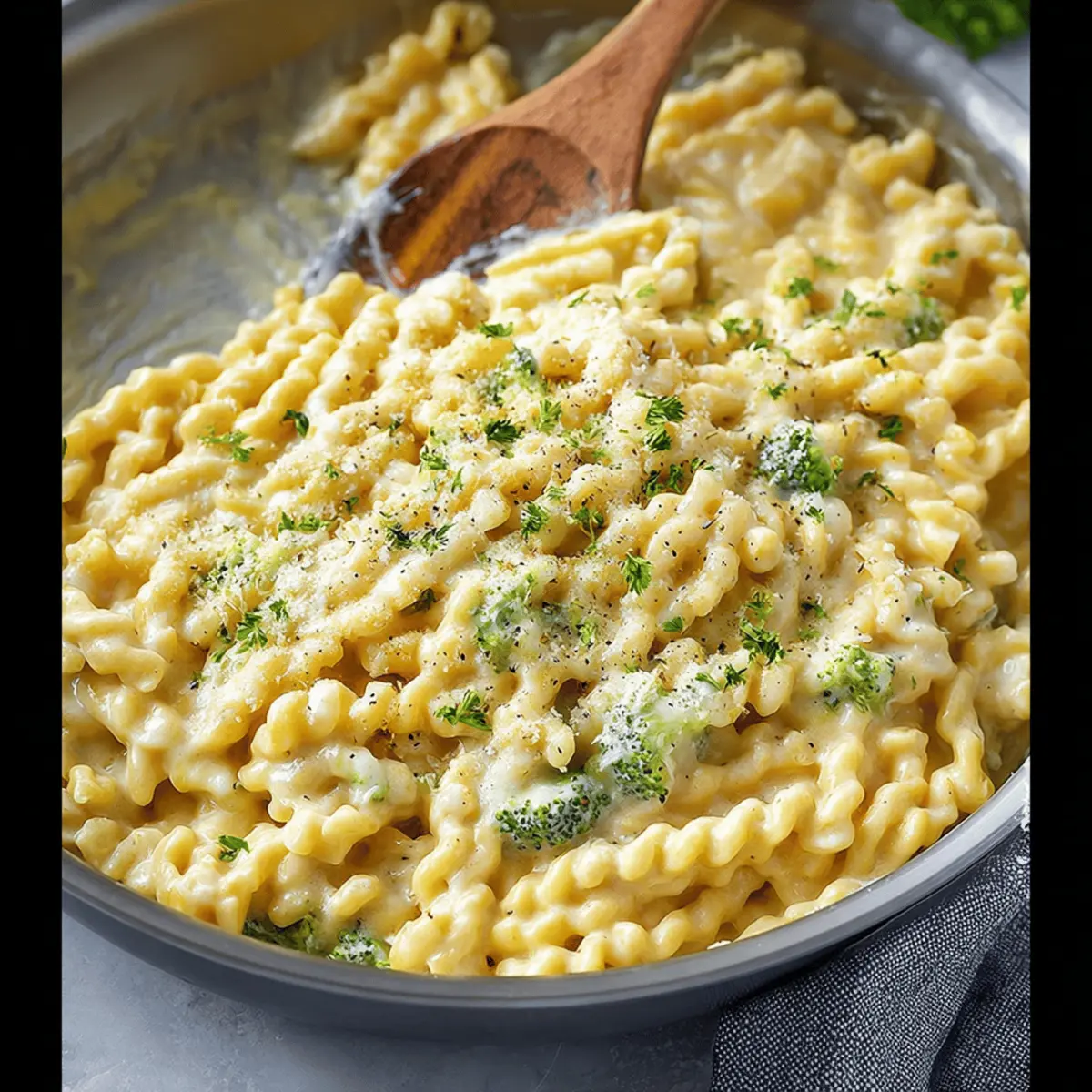
Serving suggestions for Cheese Pasta
Complementing sides for a balanced meal
When it comes to serving cheese pasta, side dishes can make or break the meal. To create a balanced plate, consider pairing your cheese pasta with:
- Steamed vegetables: Broccoli, spinach, or asparagus add color and nutrients. Their slight bitterness complements the richness of the cheese.
- Garlic bread: Perfect for sopping up any cheesy goodness left on your plate, it’s a crowd-pleaser that adds texture.
- A crisp salad: A light side like a mixed greens salad with a tangy vinaigrette can offset the heaviness of the pasta. Try adding cherry tomatoes or nuts for extra crunch.
Creative ways to serve cheese pasta
If you want to get a bit playful with your cheese pasta, here are some fun ideas:
- Pasta bake: Transform your dish into a baked masterpiece by layering the cheese pasta with more cheese and breadcrumbs, then baking until golden and bubbly.
- In a wrap: For a quick lunch or dinner, try stuffing your cheese pasta into a tortilla with some fresh herbs and grilled veggies. It’s a unique twist that’s easy to eat on the go.
- Cheese pasta Cups: Use wonton wrappers to create mini cups filled with your cheesy delight. Bake until crispy for a fun appetizer.
By adding these sides and creative presentations, you’re sure to make your cheese pasta dish even more delightful!
For some more inspiration, check out this great source on balanced meals.
Time Breakdown for Cheese Pasta
When hunger strikes, making cheese pasta can be a quick and delightful solution. Here’s a handy breakdown to help you plan your cooking adventure!
Preparation Time
Getting ready is part of the fun! For this recipe, you’ll need about 10–15 minutes to gather ingredients, chop vegetables, and measure out those cheesy essentials. If you’re a multitasker, you can even set a pot of water to boil while you prep!
Cooking Time
Once you’re ready, expect to spend approximately 15–20 minutes cooking. This includes boiling the pasta to al dente perfection and melting that glorious cheese into a creamy sauce. For tips on cooking pasta just right, check out resources like Serious Eats.
Total Time
In total, you’re looking at around 25–35 minutes from start to serving. Perfect for a busy weeknight dinner, this cheese pasta recipe allows you to impress guests without spending hours in the kitchen. So grab your apron, and let’s get cooking!
For more details on the best cheeses to use, you can visit The Cheese Lover’s Blog.
Nutritional facts for Cheese Pasta
When you’re indulging in a comforting bowl of cheese pasta, it’s good to know what you’re putting into your body. Let’s break down the nutritional facts:
Calories
A typical serving of cheese pasta contains around 400-500 calories, depending on the cheese and pasta used. This makes it a satisfying yet manageable meal choice, especially when paired with a side salad or veggies for balance.
Protein
In terms of protein, cheese pasta typically packs about 20-25 grams per serving. This protein source is essential for muscle repair and growth, making it a great post-workout meal.
Fat Content
You can expect around 15-25 grams of fat in cheese pasta, largely due to the cheese. While some fats are essential, consider choosing lower-fat cheese options to make your dish a tad lighter without sacrificing flavor.
For those curious about the impact of cheese on your health, sources like the American Heart Association provide great insights. So, as you savor each bite of your creamy concoction, you can feel good knowing you’re nourishing your body as well!
FAQs about Cheese Pasta
Can I use different types of cheese?
Absolutely! The beauty of cheese pasta lies in its versatility. You can experiment with various cheeses to suit your taste. From creamy mozzarella to sharp cheddar, or even a tangy goat cheese, each will impart a unique flavor. Consider blending cheeses for a richer taste. For example, combining Parmesan for umami with creamy Fontina can elevate your dish. Just make sure to balance strong flavors with milder ones to avoid overwhelming your palate. If you’re curious about cheese pairings, check out this detailed guide on cheese for inspiration.
How to store leftover cheese pasta?
Storing leftover cheese pasta is straightforward. Place it in an airtight container and refrigerate for up to 3-4 days. For a longer shelf life, you can freeze it—just ensure it’s in a freezer-safe container. When reheating, add a splash of milk or cream to maintain that luscious cheesy texture. If you find yourself with too much cheese pasta, remember that you can always whip it out for a quick meal or snack later!
Is cheese pasta healthy?
The answer depends on the ingredients you use. While cheese provides protein and calcium, cheese pasta can become indulgent if overused. To make it healthier, consider whole-grain pasta for added fiber or load up on vegetables to balance the dish. You want the meal to be satisfying yet nourishing. According to nutritionists, incorporating a variety of food groups can help mitigate the richness of high-calorie dishes. Remember, moderation and balance are key! For more tips on healthy eating, you can explore these nutrition insights.
Conclusion on Cheese Pasta
Why cheese pasta is a go-to for homemade meals
When it comes to the whirlwind of everyday life, cheese pasta effortlessly shines as a beacon of comfort and convenience. It’s incredibly versatile, making it suitable for a quick weeknight dinner or an indulgent weekend feast. With a few basic ingredients like pasta and cheese, you can create a delightful dish that warms the heart.
- Quick and Easy: Most recipes take under 30 minutes, making it a perfect choice for busy young professionals.
- Customizable: Adding veggies, proteins, or your favorite sauces means you never get bored.
- Affordable: With simple staples, it’s easy on the wallet, making it sustainable for regular meals.
For a deeper dive into the nutritional benefits of cheese, check out sources like Healthline for expert insights. Embrace the joy of cooking and enjoy a bowl of cheese pasta tonight!
PrintCheese Pasta Bliss: Indulgent Comfort in Every Bite
Indulge in the creamy and rich flavors of our Cheese Pasta, a comforting dish that is perfect for any occasion.
- Prep Time: 10 minutes
- Cook Time: 15 minutes
- Total Time: 25 minutes
- Yield: 4 servings 1x
- Category: Pasta
- Method: Baking
- Cuisine: Italian
- Diet: Vegetarian
Ingredients
- 200 grams pasta of your choice
- 2 cups shredded cheese (cheddar and mozzarella)
- 1 cup heavy cream
- 1 tablespoon butter
- 1 teaspoon garlic powder
- 1/2 teaspoon salt
- 1/4 teaspoon black pepper
- 1/4 cup grated Parmesan cheese
Instructions
- Cook the pasta according to package instructions until al dente.
- In a large saucepan, melt the butter over medium heat. Add heavy cream and stir until heated through.
- Gradually add the shredded cheese, stirring continuously until melted and smooth.
- Mix in garlic powder, salt, and black pepper.
- Toss the cooked pasta in the cheese sauce until fully coated.
- Serve hot, garnished with Parmesan cheese.
Notes
- For extra flavor, add sautéed vegetables or cooked bacon to the pasta.
- This dish can be made ahead of time and reheated in the oven.
Nutrition
- Serving Size: 1 cup
- Calories: 450
- Sugar: 2 grams
- Sodium: 700 milligrams
- Fat: 30 grams
- Saturated Fat: 18 grams
- Unsaturated Fat: 10 grams
- Trans Fat: 0 grams
- Carbohydrates: 35 grams
- Fiber: 2 grams
- Protein: 12 grams
- Cholesterol: 80 milligrams
Keywords: Cheese Pasta, Comfort Food, Pasta Recipe

